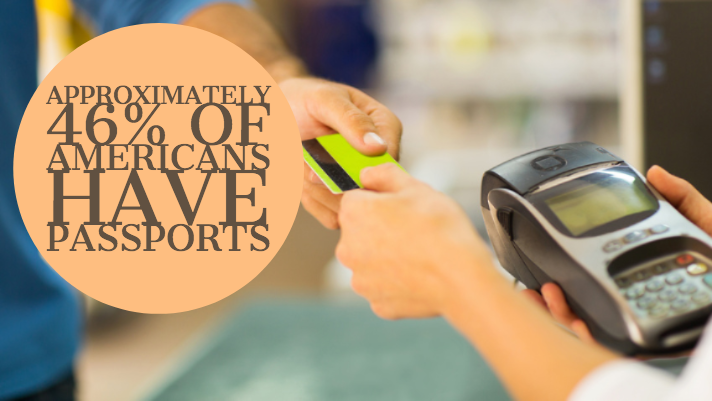
How To Choose A Magnetic Card Reader
A magnetic card reader is a device used to read and interpret information encoded on the magnetic stripe usually found at the back of plastic badges such as credit cards, ID cards, key cards, gift cards, membership cards, and loyalty cards. Today, these devices are used in most businesses for processing transactions while others such as magnetic ID card readers are used to verify personal details for identification purposes.
The magnetic stripe at the back of the badges has iron-based magnetic particles covered in plastic tape. The magnetic stripe is blank when the magnetic particles are polarized in the same direction. To write information on the magnetic stripe, a special electromagnetic writer called an encoder is used to magnetize the particles in either North or South Pole direction. The writing process is known as flux reversal, which creates a magnetic field that can be detected by the magnetic stripe reader.
A magnetic reader is also known as a mag stripe reader and can transfer data to a computer program through a USB, serial port, or keyboard wedge connection. Magnetic stripe card readers are categorized by the way they read badges. For instance, insertion readers require the plastic badge to be inserted in the device while swipe readers require the badge to pass completely through the reader.
How Does A Magnetic Card Reader Work
Magnetic stripe readers (MSRs) read information from the stripe and convert it into binary language. The information extracted is encrypted and can only be used with application management software.
Where Are Magnetic Card Readers Used?
These devices are widely used in most businesses such as superstores, mini-stores, offices, restaurants, banks to simplify money transactions. They also have other applications apart from credit cards such as magnetic ID card readers, which are designed to read licenses for identification purposes. It is estimated that 46% of Americans have passports and a passport scanner is used to scan and extract personal information from magnetic stripes on the passports.
How To Choose A Magnetic Card Reader
- The magnetic reader should be reliable and accurate in reading badges without a chance for error. For instance, a magnetic ID card reader should be able to extract the correct personal information for driving license verification. A reliable reader will prevent wrong or failed transactions which can help the entire organization run smoothly.
- The card reader should be durable so that it can withstand numerous card insertions or swipes without wearing out. A strong reader will not break easily and has a longer warranty claim.
- Check if the reader has visual indicators that alert the user when a transaction is successful or not. It should also have an audio and video feedback system to alert the customer.
- The magnetic stripe reader should also be designed for the purpose you intend to use it. For example, a magnetic ID card reader cannot be used to read credit cards and vice-versa. Therefore use the specific reader for its right purpose.
If you want to learn more, give Peripheral Dynamics Inc. a call today.
